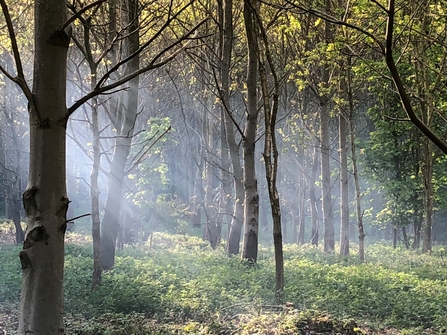The planned road will link the end of the current NDR on the A1067 with the A47 near to Easton. The landscape here is a well-connected network of habitats that are important for wildlife, including ancient woodlands, grasslands and floodplains. NWT is very concerned about the potential damage by the Western Link to these important habitats and their connectivity.
The Department for Transport (DfT) gave conditional support for Norfolk County Council's plans for the 3.8-mile Norwich Western Link road on Friday 15 May 2020 as part of its Large Local Majors funding programme. Despite the backing, the road will still need to secure planning permission and no funding has been allocated for the project. But the support does gives the council the green light to proceed to the next stage of the process.
Chief Executive of Norfolk Wildlife Trust, Pamela Abbott, says:
"This decision should not have been made before it can be shown that the likely significant biodiversity impacts will be addressed. We will be looking closely at the information from wildlife surveys that the council is gathering this spring, and will then write to the Department for Transport stressing that it is vital that specific habitat requirements of all wildlife along the route are assessed. We will also attend the future public inquiry to make the case for nature."

